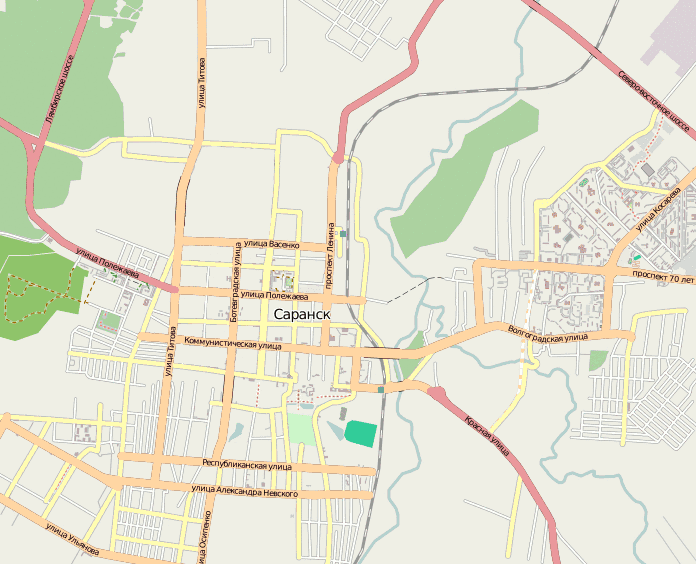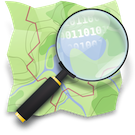March 9th, 2011 – March 20th, 2011
A summary of all the things happening in the OpenStreetMap world:
- After the terrible earthquake and tsunami in Japan, the OSM community started efforts to provide up-to-date maps of the affected region for search-and-rescue teams and other relief organizations. Information on how to get involved can be found in the wiki here; the main discussion platform is the HOT mailing list and the IRC. HOT was able to get access to post-earthquake imagery to map flooding, damaged roads and buildings. As you can see on the wiki page, the community also created special Garmin maps for download and maps highlighting things like the road status (passable/impassable).
- Kate Chapman has created some stats on the activity in Japan and Christopher Osborne did some visualizations.
- Even the Haitian OpenStreetMap mappers are contributing to the crisismapping efforts for Japan and Libya. You can do it too!
- Leigh Hunt has made an animation (gif) of the editing activity of the OSM community in Christchurch, NZ after the earthquake.
- The deadline for the Call for Papers for this years SOTM conference in Denver has been extended.
- The OpenStreetMap-Foundation blog gives you a summary of all the different Working Groups that are available for February 2011.
- A new script osm2postgresql imports OSM data into a PostGIS db. For example, it improves the rendering in QGIS.
- A new version of the WordPress OSM Plugin (German article) is available. It improves some bugfixes and is campatilbe with WP 3.1.
- Pascal wrote a blog post about the “Growing agreement of the new Contributor Terms and about relicensing OpenStreetMap data (-Update-)”.
- Osm2xp is a scenery generator for the X-Plane simulator. Using OSM data, it will generate 3D buildings into X-Plane, each one with its real location and real shape.
- “MapQuest is providing several address files that contain user-provided latitude and longitude locations across the world. Our users provided these exact locations to us so that they could be mapped correctly on our MapQuest maps.”
- Skidea is offering special Garmin maps for ski resorts.
- Matt Williams built a postcode finder based on OSM data.
- ITO has launched ITO Map – “A new map overlay service for OpenStreetMap”. The different overlays do a great job in highlighting the diversity and richness of OSM data.
- OpenStreetMap was accepted for the Google Summer of Code. All the ideas are collected in the wiki here.
- A blog post about the security and ethics of live mapping in repressive regimes and hostile environments.
Authors: Pascal, Jonas & Dennis
Did we miss something? Do you want to help us collecting the news for next week’s issue?
You can contact us via mail or Twitter.



